#timekeeping
Text
Please reblog for a higher sample size. If you want, tag/comment the option you chose and whether you live in the east or west side of your local time zone.
#polls#poll#time#timekeeping#DST#Daylight Savings#Daylight Saving Time#Daylight Savings Time#spring forward#fall back#Summer Time#Daylight Time#Daylight Saving
993 notes
·
View notes
Text
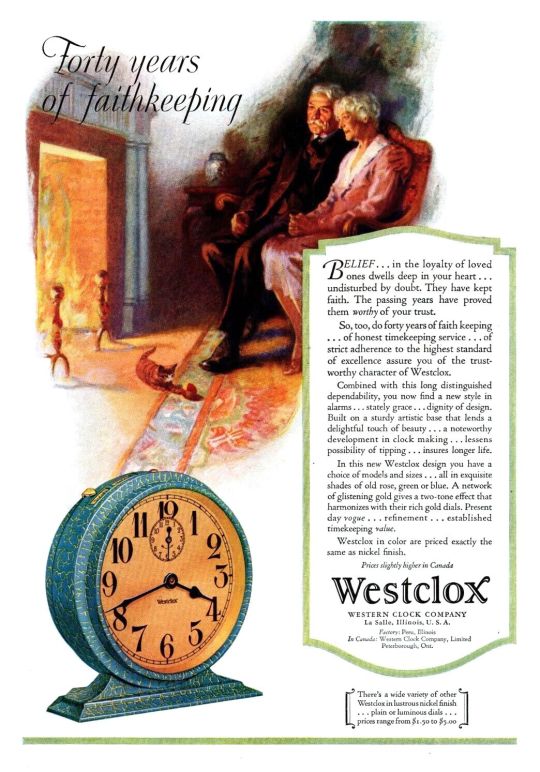
Western Clock Co, 1929
#Westclox#ad#1929#alarm clocks#vintage#advertisement#illustration#1920s#timekeeping#advertising#20's design#fireplace#elderly couple
96 notes
·
View notes
Text

You hear that "tick tock"? That's them taking your life away from you. Good Morning!
#time is a lie#time#timekeeping#abolish#abolishment#abolish timekeeping#good#morning#good morning#good morning message#good morning image#good morning images#good morning man#the good morning man#the entire morning#gif#good morning messages#gm#morning vibes#morning motivation#always morning#It's Always Morning Somewhere
71 notes
·
View notes
Text
While investigating a site in the US Southwest, archaeologists discovered a series of ancient rock carvings that early Native Americans may have used as a calendar.
The site, known as the Castle Rock Pueblo, is on the Mesa Verde plateau straddling the Colorado-Utah border and is best known for the Ancestral Pueblo settlements that are carved into the surrounding canyon walls, according to a statement.
The Ancestral Pueblo were a group of Indigenous peoples who inhabited the Castle Rock Pueblo from about the 1250s to 1274, according to a 2020 study in the journal Antiquity.
Continue Reading.
81 notes
·
View notes
Photo

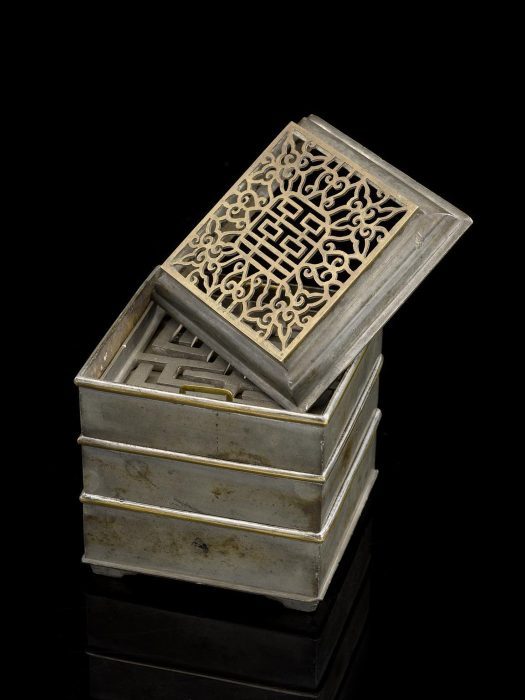
By burning incense [we] know the o’clock of the night, With graduated candle [we] confirm the tally of the watch.
Those are the words of sixth century poet Yu Jianwu referencing incense clocks.
The incense clock takes the basic concept—timing by combustion—and elevates it to a new level of gorgeous complexity. Examining the example held by the Science Museum, I was struck by its diminutive size: no larger than a coffee mug. Yet its small compartments are carefully packed with everything it needs to operate. In the bottom tray, you’ll find a bite-sized shovel and damper; above that, a pan of wood ashes for laying out the incense trail; then, stacked on top, an array of stencils for laying out the labyrinths. As Silvio Bedini, historian of scientific instruments, explains in his extensive study of the use of fire and incense for time measurement in China and Japan, the variety allows for seasonal variation: longer paths to be burned through the endless winter nights, while shorter ones serve for summer
[...]
To set the clock, start by smoothing the ashes with the damper until they are perfectly flat. Select your stencil, then use the sharp edge of the shovel to carve out a groove, following the pattern, and fill it with incense. Finally, cap it with the lacy lid to vent the smoke and control the flow of oxygen.
To track smaller intervals of time, place small markers at regular points along the path. Some versions had little chimneys dispersed across the lid, allowing the hour to be read based on which hole the smoke was venting through. And some users may have used different kinds of incense at different parts of the path, or inserted scented chips along the way, so that they could tell the time with just a sniff.
If you are interested in reading more about incense clocks, there is much more in the article the above passages come from including pointers to longer documents about them too.
753 notes
·
View notes
Photo
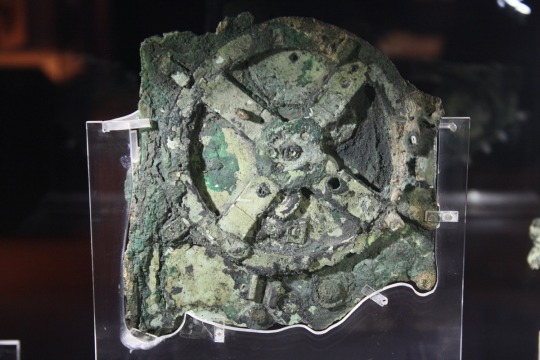
Antikythera Mechanism
The Antikythera Mechanism (c. 50 BCE), a device used to calculate astronomical positions. The device was found in a shipwreck off the coast of the island of Antikythera. (National Archaeological Museum, Athens).
Image by Mark Cartwright
164 notes
·
View notes
Text
How did people accurately track time before the modern clock was invented? The builders of Teotihuacán in Mexico did so by turning the entire city into one big clock.
#Teotihuacán#Mexico#timekeeping#pyramids#clock#ceremonies#rituals#constellations#celestial#ancient#history#ancient origins
71 notes
·
View notes
Text
Not me going down a rabbit hole yesterday thinking about what sort of timekeeping/calendar system Essos (or, maybe more specifically, western Essos) uses. I’ve always headcanoned that the (majority of the) Free Cities count years using a system like “ab urbe condita”, and that they borrowed this system from (or have simply used it since) the time of the Valyrian Freehold. With Rome a very clear major source of inspiration for Valyria, I could believe that some Valyrian scholar in the five thousand-odd year history of the Freehold calculated a date (accurate or not) as to when Valyria as a city (and/or as a political state) was founded, and that subsequently this year became the starting date for all Valyrian calendars. Consequently, I think the Free Cities (especially those specifically founded by the Freehold, like Tyrosh and Lys, and especially especially Volantis, which prides itself on being the first daughter of Valyria) would have naturally utilized this system for their own calendars - and when the Doom happened, these city-states may simply have continued measuring time by a well-accepted, (virtually) worldwide standard which, perhaps, had been in practice for so long.
Braavos is an interesting case, not only because it would have no ideological incentive to use the standard of the Freehold, but also because it canonically uses a different timekeeping system from that of Westeros: Arya in AFFC thinks that “it was hard to know for certain” if she had passed her birthday because “[t]he Braavosi counted days differently than they did in Westeros”. We do know that Braavos has a definite idea of its own foundational date (since “Uthero Zalyne …proclaim[ed] the existence and location of Braavos, and invite[d] men of all nations to celebrate the 111th festival of the city's founding” during what became known as the Unmasking or Uncloaking of Uthero) and annually celebrates the festival of the Uncloaking, so either of these dates might be the first year of the Braavosi calendar. (Bonus points if this comes up when, as I theorize, the Unmasking of Uthero celebration occurs in TWOW and we might get clarity on this point.) Too, when it comes to Braavos counting days, weeks, and months, I wonder whether Braavos invented a completely new calendar specifically to distance itself from the legacy of Valyria. Perhaps the inspiration here might be something like the French revolutionary calendar, where - in an effort to scrub the new republic of any Catholic and royalist vestiges - republican leaders literally reworked time itself, creating a new 10-day week, renaming the months, and shifting New Year’s Day to the middle of summer
53 notes
·
View notes
Text
Please tag your choice and where you’re from, I want to see if this changes by person or by region 🤗
24 notes
·
View notes
Text
turn off tumblr live tuesday is upon us once again
40 notes
·
View notes
Text

August 12, 1922
Everett True by A.D. Condo
Happy [several months belated] centennial to the "time to buy a watch" joke! I'd give it a watch for its retirement but someone's grandpa has it occupied.
[ID: A man in a pinstriped suit stands on the sidewalk, pointing towards Everett, who walks into the panel towards him. /end]
Arrow [pointing to the man]: Man who never carries a time-piece, but imposes on his friends for the hour of the day.
Man: Oh, I say, Everett, what time is it?
[ID: Everett keeps walking past, having slapped the man's hat down flat onto his head. The man drops his cigar to the ground. /end]
Everett: It's time to buy a watch!!!
#newspaper comics#1922#vintage#history#everett true#transcript available#1920s#time to buy a watch#pocket watch#wristwatch#timekeeping
85 notes
·
View notes
Note
If we put timezones on other planets do we start having to account for relativity?
The Barycentric Dynamical Time coordinates scale incorporates relativistic effects into time, and it's already in use for managing space missions. The SPICE data/utility system out of JPL's Navigation and Ancillary Information Facility is one of the ways to handle this, it includes the necessary transforms for UTC to TDB and other things related to space.
If all your systems use SPICE and they're all tracked together you can do things like query when one object will be in the sightlines of another object's instruments. I only know about this because I read this very serious introductory document out of the JPL that has a drawing of the sun definitely not done by a six year old.


74 notes
·
View notes
Text
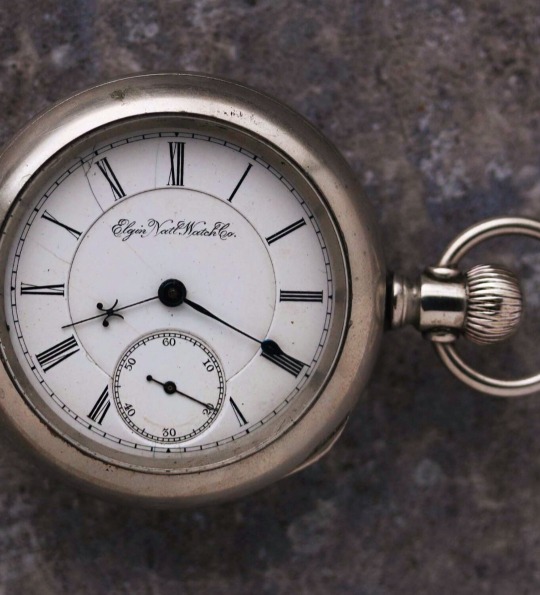




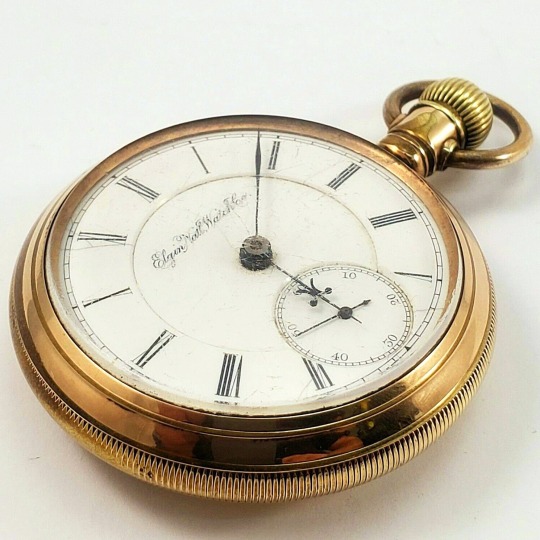
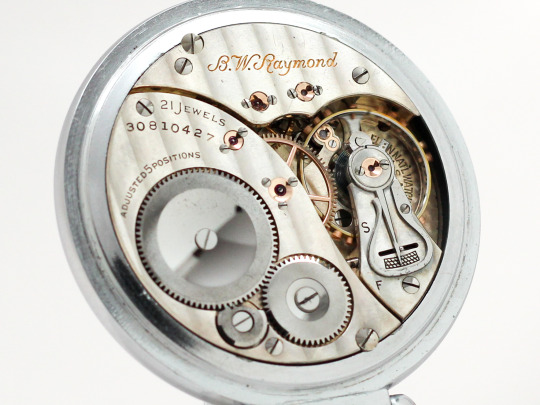
🇺🇲 Step back in time to the fascinating world of horology with the Elgin B.W. Raymond Pocket Watch—a timepiece that embodies precision and craftsmanship!
🌟 The Elgin Watch Company has a storied history dating back to 1864, known for producing high-quality timepieces. The B.W. Raymond model, named after the company's investor and founder, Benjamin Wright Raymond, represents a pinnacle of American watchmaking during the early XXth century.
⏱️ The Elgin B.W. Raymond Pocket Watch was introduced in the late XIXth century and quickly gained acclaim for its accuracy and reliability. These watches were meticulously crafted with intricate movements and adorned with elegant designs, reflecting the craftsmanship of their era.
🕰 Benjamin W. Raymond's tenure as president of Elgin was marked by a commitment to excellence, and the B.W. Raymond Pocket Watch exemplifies this ethos. The watch was produced in various styles, including open-face and hunter-case models, catering to different preferences and needs.
⚙️ The movement of the Elgin B.W. Raymond Pocket Watch was celebrated for its precision. Many of these watches were equipped with high-grade movements, such as the 21-jewel and 23-jewel variants, offering exceptional timekeeping accuracy.
🚂 Beyond its technical prowess, the Elgin B.W. Raymond Pocket Watch holds historical significance. It was a popular choice among railroad workers, as its accuracy and reliability met the stringent requirements for railroad timekeeping.
⏳️ Today, the Elgin B.W. Raymond Pocket Watch remains a sought-after collector's item, cherished for its historical value and exquisite craftsmanship. Its legacy endures as a testament to the ingenuity and artistry of American watchmaking during the golden age of pocket watches.
📜 Whether displayed as a historical artifact or cherished as a functional timepiece, the Elgin B.W. Raymond Pocket Watch continues to captivate enthusiasts with its timeless elegance and enduring quality. Explore the heritage of Elgin and discover the allure of this iconic pocket watch!
#timetrek#brands#clock#watch#watches#time#companies#company#history#pocket watch#luxury watches#railroad#railroad watches#chicago#illinois#elgin#elgin national watch company#movement#watchmaking#benjamin wright raymond#timelesselegance#timepiecehistory#timepiece#made in america#made in usa#open face watch#hunter case watch#timekeeping#horology#collectibles
4 notes
·
View notes
Text
Archaeologists in China have unearthed a mysterious set of rectangular wooden pieces linked to an ancient astronomical calendar. The artifacts were discovered inside an exceptionally well-preserved 2,000-year-old tomb in the southwest of the country.
Each of the 23 wooden slips is about an inch (2.5 centimeters) wide and 4 inches (10 cm) long and displays a Chinese character related to the Tiangan Dizhi, or "Ten Heavenly Stems and 12 Earthly Branches" — a traditional Chinese astronomical calendar established during the Shang dynasty, which ruled from about 1600 B.C. to about 1045 B.C.
Continue Reading.
100 notes
·
View notes
Text

Another Marbled Monday! Facing the boards on the cover of Isl. Ms. 762, 18c copy of a set of tables for timekeeping by Salih Efendi Mimari
"هذا جدول مقنطرات ومع جدول ميقات والجيب لصالح أفندى معمارى على ترتيب ساعة موافقة بالغروب سنة ١١٧٥"
Browse or download images of the entire manuscript!
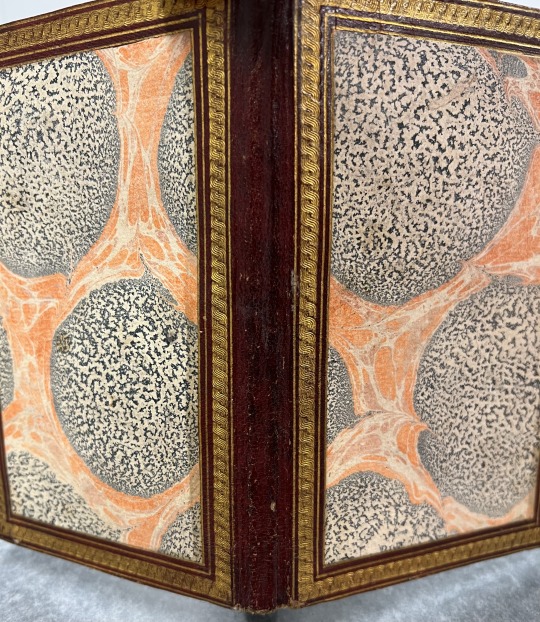
#marbled monday#libraries#archives#special collections#special collections libraries#libraries and archives#special collections and archives#islamic manuscripts#astronomy#timekeeping#marbled paper#marbled#ebru#ebrusanatı#marbling#paper marbling#ابر و باد#ابرو#ابرو باد#الايبرو#المخطوطات#المخطوطات الاسلامية#manuscripts#yazmalar#yazma eserler#manuscript culture#arts of the book
9 notes
·
View notes
Photo

6 Key Instruments of the Scientific Revolution
The Scientific Revolution (1500-1700) was driven by several key inventions, all scientific instruments that became essential to achieving a greater understanding of the world around us. With instruments like the telescope, microscope, thermometer, and pendulum clock, scientists could see what had never before been seen and measure results of experiments much more accurately than had ever been possible before.
Continue reading...
83 notes
·
View notes